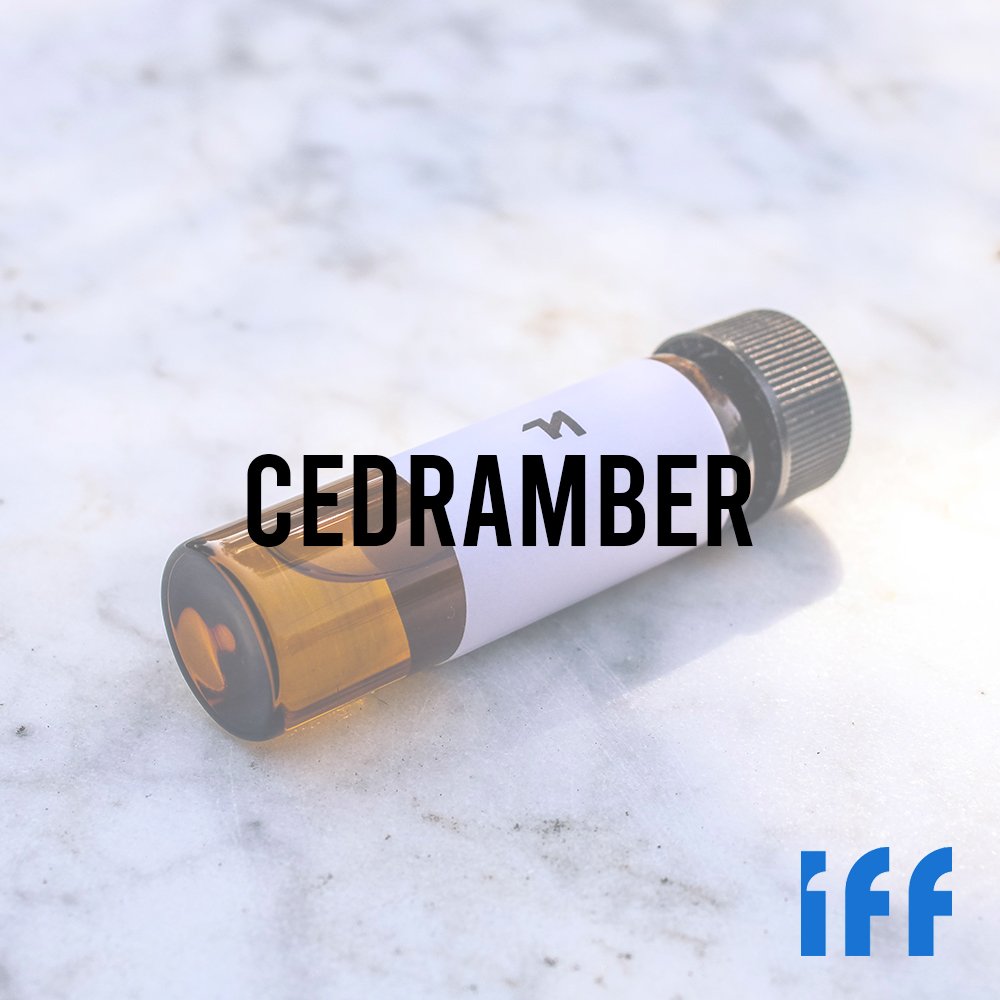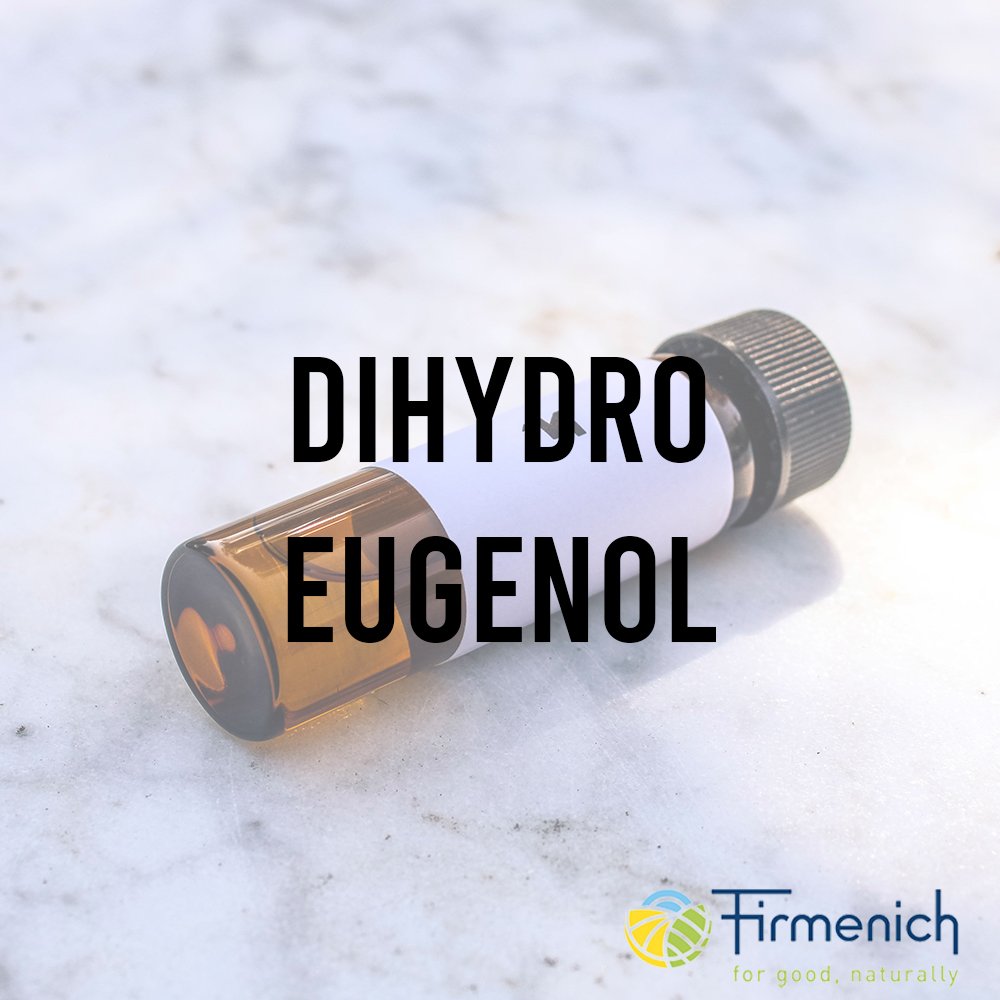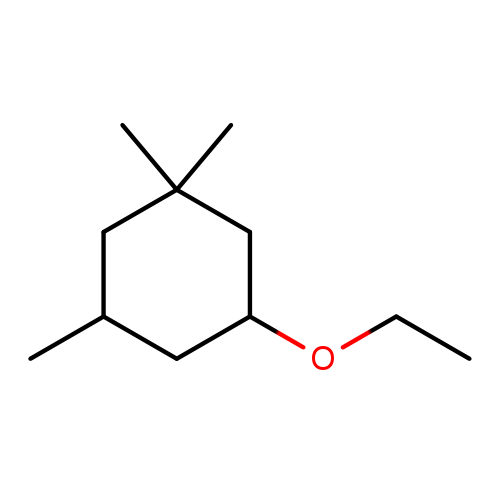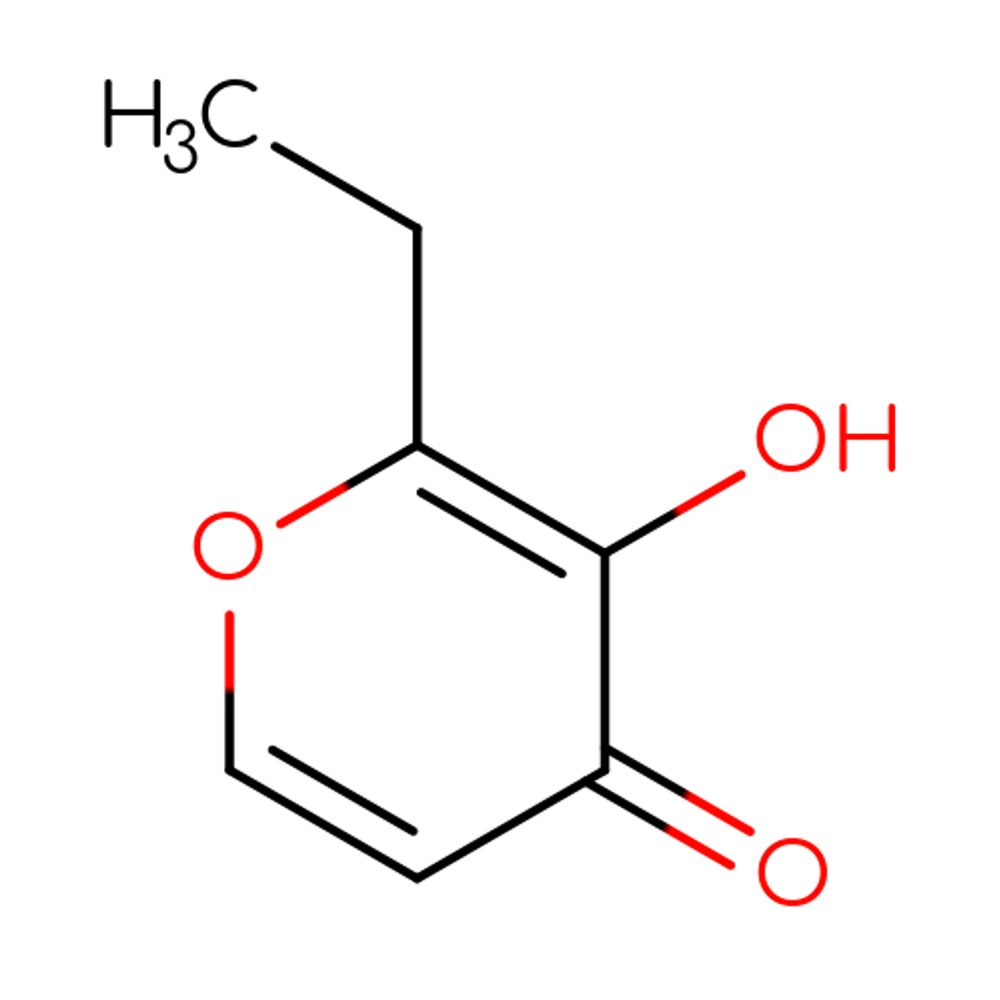 Image 1 of 3
Image 1 of 3

 Image 2 of 3
Image 2 of 3

 Image 3 of 3
Image 3 of 3




Cedramber
Premium Synthetic Ingredient for Perfumery
Cedramber (CAS 67874-81-1), or cedryl methyl ether, is a synthetic woody-amber material developed by IFF in 1966. It delivers a dry, ambergris-like scent with cedar, patchouli, and vetiver nuances. Cedramber is widely used across fine fragrance, functional perfumery, and home care, where it provides fixative properties, high tenacity, and radiant warmth to woody-amber structures. With 94% renewable carbon content, it also aligns with modern sustainability benchmarks.
Premium Synthetic Ingredient for Perfumery
Cedramber (CAS 67874-81-1), or cedryl methyl ether, is a synthetic woody-amber material developed by IFF in 1966. It delivers a dry, ambergris-like scent with cedar, patchouli, and vetiver nuances. Cedramber is widely used across fine fragrance, functional perfumery, and home care, where it provides fixative properties, high tenacity, and radiant warmth to woody-amber structures. With 94% renewable carbon content, it also aligns with modern sustainability benchmarks.
Premium Synthetic Ingredient for Perfumery
Cedramber (CAS 67874-81-1), or cedryl methyl ether, is a synthetic woody-amber material developed by IFF in 1966. It delivers a dry, ambergris-like scent with cedar, patchouli, and vetiver nuances. Cedramber is widely used across fine fragrance, functional perfumery, and home care, where it provides fixative properties, high tenacity, and radiant warmth to woody-amber structures. With 94% renewable carbon content, it also aligns with modern sustainability benchmarks.
Synthetic Ingredient Overview
🏭 Manufacturer — IFF
🔎 Chemical name — (1S,2R,5S,7R,8R)-8-Methoxy-2,6,6,8-tetramethyltricyclo[5.3.1.0¹,⁵]undecane
🧪 Synonyms — Cedryl methyl ether, Cedramber™
🧬 Chemical Formula — C₁₆H₂₈O
📂 CAS N° — 67874-81-1
📘 FEMA — Not listed
⚖️ MW — 236.4 g/mol
📝 Odor type — Woody-Amber
📈 Odor Strength — High to Very High
👃🏼 Odor Profile — Dry, woody, ambergris-like, cedar, patchouli, vetiver nuances
⚗️ Uses — Structural note and fixative in fine fragrances, soaps, candles, detergents; builds volume and radiance in cedar and amber accords
🧴 Appearance — Pale yellow liquid
Cedramber in Fine Fragrance: History, Usage, and Evolution
Introduction
Cedramber (CAS 67874-81-1), also known as cedryl methyl ether, is a synthetic fragrance ingredient introduced by International Flavors & Fragrances (IFF) in the mid-1960s as an affordable ambergris substitute (David & Doro, 2023). IFF describes Cedramber's odor as "a dry, very diffusive, true ambergris note" with rich woody and cedarwood facets (IFF, n.d.). In fine perfumery, Cedramber has become a key woody-amber ingredient, valued both for its fixative properties and its distinctive cedar-like warmth. Over the decades, its role has shifted from a subtle background note to a more prominent structural material in many perfumes. This report examines Cedramber's introduction and original purpose, its notable use in fine fragrances from the 1960s to today, and how perfumers' perceptions and uses of Cedramber have evolved. Relevant commentary from perfumers and IFF is included to illustrate Cedramber's olfactory impact and legacy in perfumery.
IFF's Introduction of Cedramber and Early Purpose
Cedramber was first synthesized by IFF chemists around 1966 via methylation of cedrol, a terpene alcohol from cedarwood oil (David & Doro, 2023). The goal was to create a high-impact ambergris replacement derived from abundant cedarwood resources. In an era when natural ambergris was scarce and expensive, Cedramber offered perfumers a cost-effective way to impart the warmth, diffusion, and fixative power of ambergris notes in their compositions (Boix Camps, as cited in Davis, 2019).
According to fragrance chemist O. R. P. David, Cedramber "prepared from cedrene" has a "dry, powerful smell of amber and wood" (David & Doro, 2023). IFF originally positioned Cedramber as a base note material and fixative, especially useful in reinforcing woody-amber accords and lending a subtle ambergris-like exalting effect to fragrances (Boix Camps, as cited in Davis, 2019).
Arcadi Boix Camps, a renowned perfumer and author, praised Cedramber's "extraordinary...bright quality between amber and patchouli," noting that it was one of his favorite aromatics. He explained that Cedramber could substitute for natural ambergris to "marvellously" fix and enrich compositions—for example, anchoring the base of floral-aldehydic perfumes and giving "vitality" to woody notes like Vertofix (Boix Camps, as cited in Davis, 2019).
By the end of the 1960s Cedramber had entered fine perfumery as a modern ambergris proxy—a technical fixative that also enriched the woody character of fragrances in a refined way. Early perfumers often used it in traces alongside natural cedarwood oils, vetiver, oakmoss, and musks to reinforce the "woods" impression in a perfume's base (Boix Camps, as cited in Davis, 2019).
Olfactory Profile
Odor Description: Dry, woody, ambergris-like, cedar, with hints of patchouli and vetiver
Note Position: Mid-to-base
Substantivity: > 48 hours on blotter
Diffusion: High
Impression: Modern, elegant, dry-warm with clean woody lift
Applications in Perfumery
Cedramber is commonly used to enhance:
Ambergris accords
Cedar and vetiver bases
Woody-oriental and fougère structures
Floral-fruity compositions, where it adds elegant dryness
It functions as a blender and fixative, and is especially valuable in:
Fine fragrance (up to 2%)
Soaps and shampoos (excellent performance)
Candles and detergent bases
Stability and Performance
Cedramber shows excellent performance in a wide range of applications:
Fine fragrance: High diffusion and lasting presence
Soap and liquid detergent: High pH tolerance and olfactory persistence
Candles: Maintains identity under heat
IFRA and Safety
IFRA: Not restricted under current standards
Skin Sensitization: May cause allergic reaction (H317)
Environmental Hazard: Toxic to aquatic life with long-lasting effects (H411)
Usage Recommendation: Typical levels up to 2% in concentrate
Environmental & Sustainability Aspects
IFF classifies Cedramber as part of its sustainable portfolio:
94% renewable content
Upcycled origin
Readily biodegradable
Naturally derived
Vegan suitable
Notable Fine Fragrances Using Cedramber (1960s–1980s)
In its early decades, Cedramber was often a background note in fine fragrances, so specific attributions are scarce. Nonetheless, its influence is inferred in many compositions of the era. For example, it likely featured in woody-chypre and fougère classics where a stable ambery-woody base was desired. Perfumes such as Estée Lauder Aramis (1965) and Aromatics Elixir (1971) are thought to have benefited from new woody fixatives like Cedramber to enhance their mossy, woody drydowns (Boix Camps, as cited in Davis, 2019).
By the mid-1970s, industry experts noted that many fragrances had begun including cedary synthetics in trace amounts for their fixative value. IFF's own perfumers likely incorporated Cedramber in creations such as Halston Z-14 (1974) and Nina Ricci Signoricci II (1976), which are characterized by dry cedar-leather undertones and could have been enhanced by Cedramber (The Overdose, 1990).
The 1980s saw Cedramber emerge as a workhorse in the powerful masculine fougères and fresh woody scents that defined the decade. Perfumers began using it in much higher proportions. The shift is exemplified by Guy Laroche Drakkar Noir (1982, perfumer Pierre Wargnye) and Davidoff Cool Water (1988, perfumer Pierre Bourdon). In fact, a reconstruction of Cool Water's formula shows Cedramber present at roughly 15% of the fragrance oil, contributing to its signature "dry oakmoss and salty cedar" character (Unguentarius, n.d.).
By 1990, industry publications noted how materials like Cedramber had gone from novel to nearly ubiquitous in fine fragrance (The Overdose, 1990).
Evolution of Cedramber's Role and Perception (1990s–Present)
In the 1990s, Cedramber and fellow woody amber chemicals became staples of perfumery. Perfumers found Cedramber useful for imparting a durable, modern woodiness. For example, Calvin Klein CK One (1994) and Chanel Allure Homme (1999) featured subtle cedar/amber facets likely supported by Cedramber.
In niche perfumery, Cedramber was used in high concentrations. Comme des Garçons 2 Man (1999) and Yves Saint Laurent M7 (2002) featured pronounced woody-amber bases that likely included Cedramber. Perfumers layered it with vetiver, patchouli, and balsams to enhance earthiness with ambergris lift (Boix Camps, as cited in Davis, 2019).
The 2000s introduced stronger aroma chemicals, and Cedramber evolved as the "soft" woody amber. Frédéric Malle Une Rose (2003) and Hermès Terre d'Hermès (2006) used Cedramber in tandem with stronger synthetics. Perfumer Maurice Roucel appreciated Cedramber for its smooth character. Luca Turin described Cedramber as the "polite" woody amber, contrasting it with newer, stronger molecules like Ambrocenide and Amber Xtreme (Turin, 2016).
In the 2010s and 2020s, Cedramber remained prevalent in niche perfumery. Juliette Has a Gun Another Oud (2015) and Moschino Toy Boy (2019) relied on Cedramber to build diffusive woody bases. Perfumers began omitting Cedramber to achieve novelty—Jean-Claude Ellena's Rose & Cuir (2019) was noted for its exclusion of Cedramber (Vukcevic, 2019).
Perfumers' Commentary and IFF Perspectives
Arcadi Boix Camps highlighted Cedramber's exalting and fixative qualities, noting its cost-effectiveness and ability to substitute for ambergris (Davis, 2019). Luca Turin remarked on Cedramber's gentler olfactory profile, calling it a "solidly powerful" classic against more aggressive modern ambers (Turin, 2016).
IFF perfumers describe Cedramber as contributing presence in both top and heart notes, not just the base, which sets it apart from traditional fixatives (IFF, n.d.). Perfumery blogs and technical writers consistently refer to Cedramber as a key component in modern cedar accords (Yudov, 2018).
Conclusion
Since its discovery in 1966, Cedramber has had a defining influence on fine fragrance. From quiet fixative to structural cornerstone, it helped shape the olfactory profile of modern woody perfumes. Its smooth, dry amber-cedar character allowed perfumers to craft long-lasting, radiant fragrances with elegance and subtle power.
Even in an age of louder, stronger aroma chemicals, Cedramber retains its importance as a classic and versatile material—a quiet force behind many of perfumery's most enduring compositions.
References
IFF. (2024). Cedramber – Ingredients Compendium. Retrieved from https://www.iff.com/scent/ingredients-compendium/cedramber
Arctander, S. (1960). Perfume and Flavor Chemicals (Aroma Chemicals). Montclair, NJ: Author.
ECHA. (2024). Substance Information: Cedramber (CAS 67874-81-1). Retrieved from https://echa.europa.eu
David, O. R. P., & Doro, F. (2023). Industrial Fragrance Chemistry: A Brief Historical Perspective. European Journal of Organic Chemistry, 2023(e202300900).
Davis, N. (2019, March 1). Cedramber®. Nathaniel Davis – Innovation Design for Flavour & Fragrance (Blog). Retrieved from https://ndfragrance.wordpress.com/2019/03/01/cedramber/
International Flavors & Fragrances (IFF). (n.d.). Cedramber® – Fragrance Ingredient Description. Retrieved 2025 from https://www.iff.com/scent/ingredients-compendium/cedramber
The Overdose. (1990). Perfumer & Flavorist, 15(6), 25–26.
Turin, L. (2016, May 4). Comment on woody amber materials. In "Luca Turin AMA! Ask your question here!", Basenotes Forum. https://basenotes.com
Unguentarius. (n.d.). Millésime Très Banal. Retrieved 2025 from https://www.unguentarius.com/eight-liners/millesime-tres-banal
Vukcevic, C. (2019, October 21). Adventures in Blind Smelling: Rose et Cuir… Take One Thing Off (Perfume blog). https://takeonethingoff.com
Yudov, M. (2018, February 22). Cedar In Perfumery: Roots and Stumps. Fragrantica – Raw Materials. https://www.fragrantica.com





